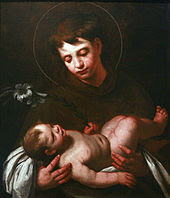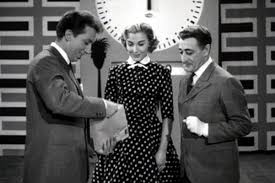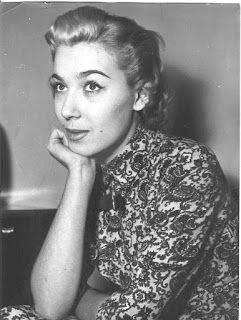Carlo Cattaneo - philosopher and writer
Intellectual who became a key figure in Milan uprising
Carlo Cattaneo, the philosopher and political writer who emerged as a leader in the so-called Five Days of Milan, the 1848 rebellion against the harsh rule of Austria, was born on this day in 1801 in Milan. An influential figure in academic and intellectual circles in Milan, whose ideas helped shape the Risorgimento, Cattaneo was fundamentally against violence as a means to achieve change. Yet when large-scale rioting broke out in the city in March 1848 he joined other intellectuals bringing organisation to the insurrection and succeeded in driving out Austrian’s occupying army, at least temporarily. The uprising happened against a backcloth of social reform in other parts of the peninsula, in Rome and further south in Salerno, Naples and Sicily. By contrast, the Austrians, who ruled most of northern Italy, sought to strengthen their grip by imposing harsh tax increases on the citizens and sent out tax collectors, supported by the army, to ensure that everybody paid. Cattaneo, who published his philosophical and political ideas in a journal entitled Il Politecnico, considered negotiation was the best way to represent the grievances of Milanese citizens. Read more…
________________________________________________________________
Lisa del Giocondo – the Mona Lisa
Florentine wife and mother who became a global icon
Merchant’s wife Lisa del Giocondo, who has been identified as the model for the Mona Lisa, was born on this day in 1479 in Florence. Her enigmatic beauty was immortalised by Leonardo da Vinci in the early part of the 16th century when he painted her portrait, a major work of art known as the Mona Lisa, which is now in the Louvre in Paris. The painting, sometimes known as La Gioconda, has become a global icon that has been used in other works of art, illustrations and advertising. The face of the Mona Lisa belongs to a woman who was born as Lisa Gherardini into a well-off Tuscan family. When she was still in her teens she was married to Francesco di Bartolomeo di Zanobi del Giocondo, a successful cloth and silk merchant who was much older than her. They had five children together. In 1503, when the couple were living in the Via della Stufa, it is thought Leonardo da Vinci started work on her portrait. Francesco later became an official in Florence and is believed to have had connections with the Medici family. In June 1537 he made provision for Lisa in his will, referring to the ‘affection and love of the testator towards Mona Lisa, his beloved wife.’ Read more…
__________________________________________________________________
Hugo Pratt – comic book creator
Talented writer and artist travelled widely
The creator of the comic book character, Corto Maltese, was born Hugo Eugenio Pratt on this day in 1927 in Rimini. Pratt became a famous comic book writer and artist and was renowned for combining strong storytelling with extensive historical research. His most famous character, Corto Maltese, came into being when he started a magazine with Florenzo Ivaldi. Pratt spent most of his childhood in Venice with his parents, Rolando Pratt and Evelina Genero. His paternal grandfather, Joseph Pratt, was English and Hugo Pratt was related to the actor, Boris Karloff, who was born William Henry Pratt. Hugo Pratt moved to Ethiopia with his mother in the late 1930s to join his father, who was working there following the conquest of the country by Benito Mussolini. Pratt’s father was later captured by British troops and died from disease while he was a prisoner of war. Pratt and his mother were interned in a prison camp where he would regularly buy comics from the guards. After the war, Pratt returned to Venice where he organised entertainment for the Allied troops. He later joined what became known as ‘the Venice group’ with other Italian cartoonists, including Alberto Ongaro and Mario Faustinelli. Read more…
Home






















